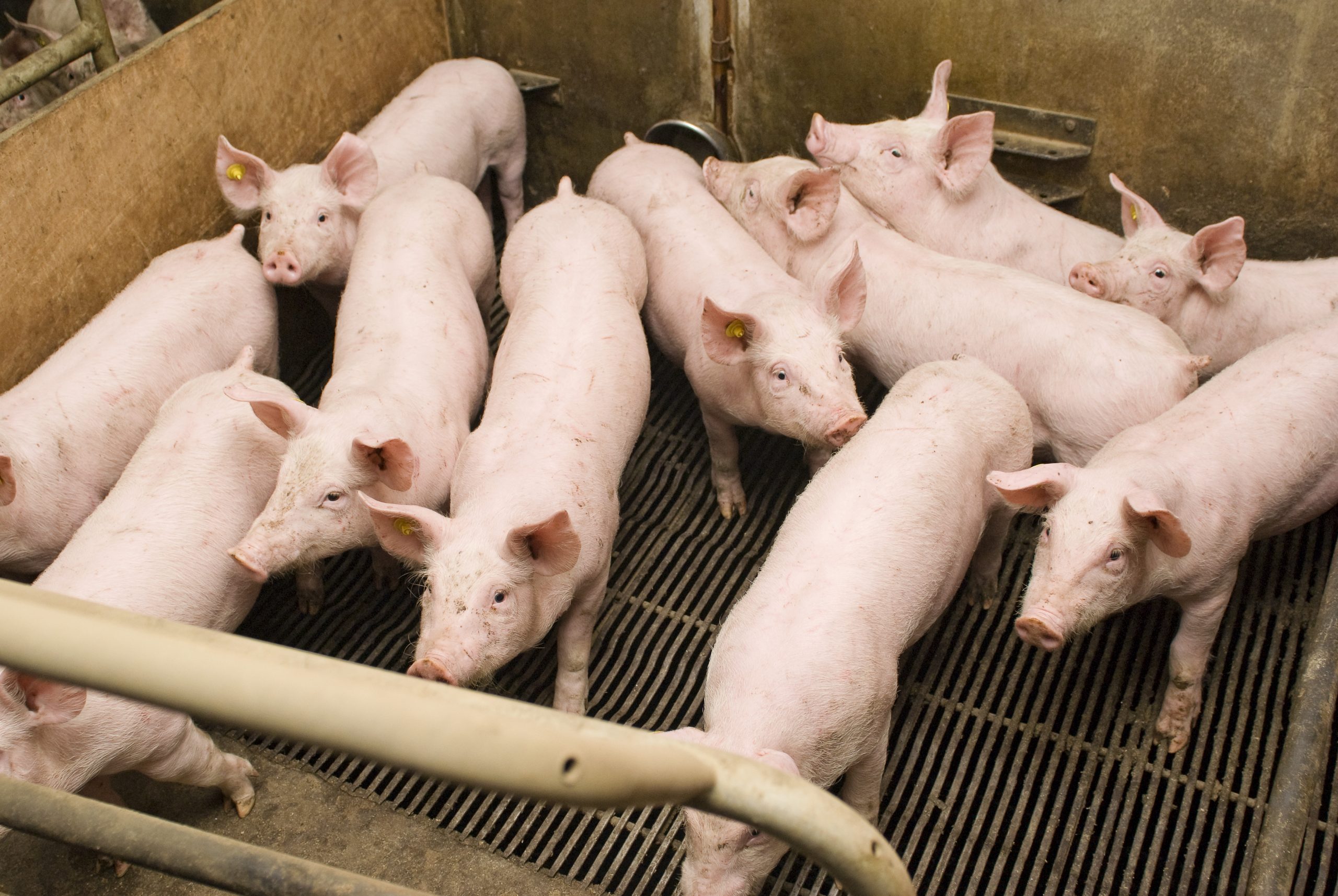Fresenius Feed Conference: Focus on AMR

The 6th edition of the Fresenius Feed Conference in Bonn focused on 1 important topic: reducing antibiotics. Country experiences were shared and the role of animal nutrition emphasised.
Stefan Schwarz, head of the Institute of Microbiology and Epizootics at the Free University Berlin, Germany was one of the speakers at the event and said: “Antimicrobial resistance always refers to a combination of factors; the antimicrobial agent, the animal species, the affected organ and the pathogenic bacteria responsible”. He further explained that there are 3 main mechanisms of resistance:
- enzymatic inactivation of antimicrobial agents
- the reduction of intracellular accumulation of these agents
- the structural modification of taget sites for antimicrobial agents
Country perspectives on antibiotic reduction
Anke Schröder from the German Ministry of Food and Agriculture gave insights into antimicrobial resistance from a German perspective. “Germany put antimicrobial resistance on the G7 agenda in June 2015 for the first time,” said Anke Schröder. In practice this means that the German Federal Cabinet adopted its strategy (named DART 2020) against antimicrobial resistance in May 2015. “This strategy and the measures it entails are based on the One Health concept with several objectives,” Ms Schröder explained. “These objectives include prevention, strengthening of surveillance through laboratory analysis, and the development of veterinary research and training.” The results are there. From 2011 to 2016, sales of antibiotics by German veterinarians fell by more than 56%. Ms Schröder addressed that work still needs to be done to achieve the objectives of the strategy.
Denmark
Poul Baekbo of the SEGES Pig Research Center gave some insights in to the Danish situation regarding antibiotic use. According to Danish statistics (DANMAP 2016), pork accounts for 75% of the country’s antimicrobial consumption, followed by cattle (12%). 70% of antibiotic use in pigs is related to diarrhoea problems. In 2000, the Danish pork industry voluntarily decided to stop the use of growth factors, 6 years before European legislation came into effect. At the moment, the Danish animal feed industry is testing alternatives to zinc for piglets, with encouraging first results. “Other trials are planned, including lower protein levels at weaning and better feeding of sows and piglets to improve the robustness of piglets at weaning,” explained Mr Baekbo.
Spain
José Francisco Pérez, from the Autonomous University of Barcelona, Spain explained the action taken by the Spanish farming sector. Spain is one of the highest consumers of livestock antibiotics and these are mainly added in the premix. Since 2016, most integrators (representing 70% of pig production) have put a plan in place to reduce the consumption of colistin, with encouraging results (- 12% use of colistin in 2017). Some integrators have been able to significantly reduce the use of antimicrobials, such as the Batallé group, which saw an increase from 262 mg / kg body weight in 2015 to 89 mg / kg body weight in 2017.
Importance of nutrition
The conference also focused on the importance of feed and diet formulation to reduce antibiotics and AMR. EFSA Senior Scientific Officer Jaume Galobar i Cots updated the audience on the legislation and registration of feed additives and mentioned that revision is needed to create a new document that includes living microorganisms (present in feed additives), including the identification of all micro-organisms (bacteria and yeasts) and a complete genomic sequence, as well as their antimicrobial susceptibility and toxigenic potential. “The purpose of this revision is to bring more harmonisation and simplification,” he concluded. Marta Ponghellini of the European Commission explained the current groups where feed additives that can be categorised in: technological additives, sensory additives, nutritional addtives, zootechnical addtives, coccidiostats. The European Commission and EFSA are constantly working to update the feed additive regulation (Regulation 1831/2003), for example by adding new functions to additives (Annex 1, Reduction of contamination with mycotoxins, Hygienic enhancers) and adding other technological additives or animal welfare enhancers in the future. Other presentations zoomed in on trace elements or probiotics and their mode of action to reduce antimicrobial resistance. “Tests have shown that zinc and copper play a role in antibiotic resistance,” said Jürgen Zentek from the University of Berlin. “Alternatives for these elements are needed because the European legislation is reducing the maximum level that can be added to the feed. The authorised level of copper is likely to go from 170 to 25 mg / kg of piglet feed).
The Fresenius Feed Conference was held March 20 – 21 in Bonn, Germany.











